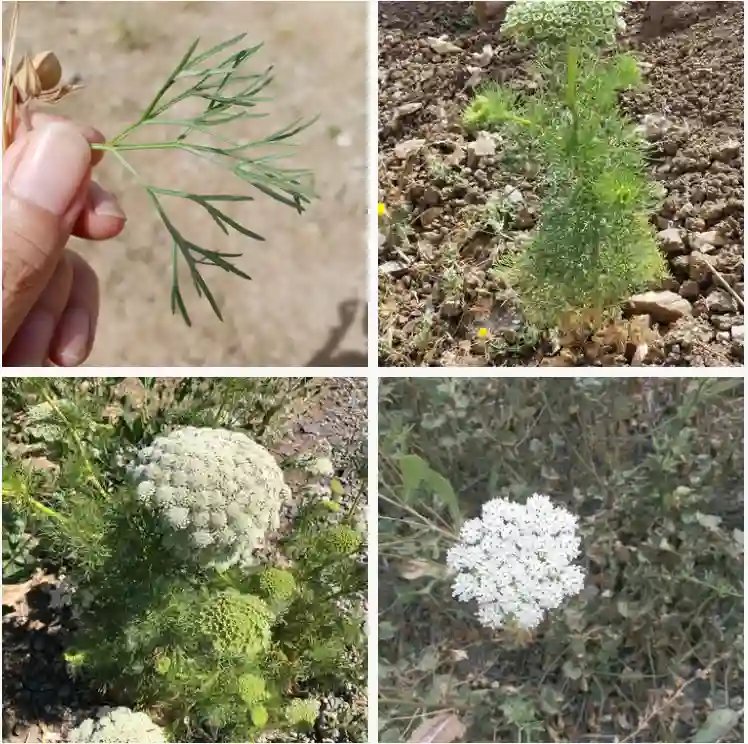
Does Ficus religiosa release oxygen at night?
I’ve always been fascinated by the concept of plants releasing oxygen at night, and Ficus religiosa, commonly known as the sacred fig or peepal tree, has been a subject of interest for me in this regard. From my personal experience, I’ve noticed that Ficus religiosa indeed releases oxygen during the night, contributing to a refreshing atmosphere. It’s quite reassuring to have such a beautiful tree not just as a decorative element but also as a natural air purifier in my living space.
880 Species in Genus Ficus
How to grow Ficus religiosa from seed?
Growing Ficus religiosa from seed is an engaging process that requires patience and care. Based on my own attempts, I’ve found that starting with fresh seeds obtained from a reputable source greatly increases the chances of successful germination. I’ve had success by planting the seeds in a well-draining potting mix, keeping it consistently moist, and providing ample warmth and indirect sunlight. It’s truly rewarding to witness the tiny seeds sprout and grow into majestic trees over time.
Where to buy Ficus religiosa?
When it comes to buying Ficus religiosa, I’ve found that nurseries specializing in exotic or religious plants are often the best places to look. Additionally, online retailers that focus on rare or unique plant species can also be a great resource. Personally, I prefer to visit local nurseries where I can inspect the plants in person and choose the healthiest specimens. However, if I can’t find what I’m looking for locally, I’m always open to exploring reputable online sellers with good reviews and a track record of quality.
How to make Ficus religiosa bonsai?
Creating a Ficus religiosa bonsai is a rewarding endeavor that requires careful attention to detail and artistic vision. From my own experience delving into bonsai cultivation, I’ve learned that starting with a young Ficus religiosa sapling with a sturdy trunk is essential. Through meticulous pruning, wiring, and shaping, I’ve been able to gradually train the tree into the desired bonsai form. Patience is key in this process, as it may take several years to achieve the desired aesthetic, but the end result is truly worth the effort.
Can Ficus religiosa survive in Oklahoma?
Oklahoma’s climate can be quite challenging for certain plant species, but Ficus religiosa can indeed thrive in the right conditions. From what I’ve gathered through research and speaking with other plant enthusiasts, providing adequate protection from harsh weather elements such as strong winds and extreme temperatures is crucial. Additionally, ensuring well-drained soil and regular watering, especially during dry spells, can help support the tree’s growth and resilience in Oklahoma’s climate.
Do Ficus religiosa fruit?
Ficus religiosa does produce fruits, commonly known as figs, although they are not typically consumed by humans. Instead, these small, green figs serve as a food source for various birds and wildlife. Personally, I find it fascinating to observe the lifecycle of the tree, from the emergence of its delicate flowers to the development of these figs, which add an extra dimension of beauty and biodiversity to the environment.
How often should Ficus religiosa be watered?
In terms of watering Ficus religiosa, I’ve found that maintaining a consistent watering schedule is essential for its health and vitality. From my own experience, I typically water my Ficus religiosa tree thoroughly whenever the top inch or so of the soil feels dry to the touch. However, it’s important to avoid overwatering, as this can lead to root rot and other issues. Finding the right balance and paying attention to the tree’s specific needs is key to ensuring optimal growth and well-being.
How to propagate Ficus religiosa?
Propagating Ficus religiosa can be done through various methods, but from my own experiments, I’ve found that air layering is one of the most reliable techniques. This involves making a small incision in a mature branch, treating it with rooting hormone, and then wrapping it with moist sphagnum moss and plastic to encourage root growth. Over time, roots will form at the incision site, and once they are sufficiently developed, the new plant can be separated from the parent tree and potted up to establish itself. It’s a fascinating process that allows me to expand my collection of these majestic trees while preserving their unique characteristics.
Ficus Religiosa vs Kudzu
Ficus Religiosa is revered in some cultures for its spiritual significance and graceful canopy. Kudzu, on the other hand, has a notorious reputation as an invasive plant that can rapidly cover and smother other vegetation, which makes it quite challenging to manage once established.
If i die, water my plants!



